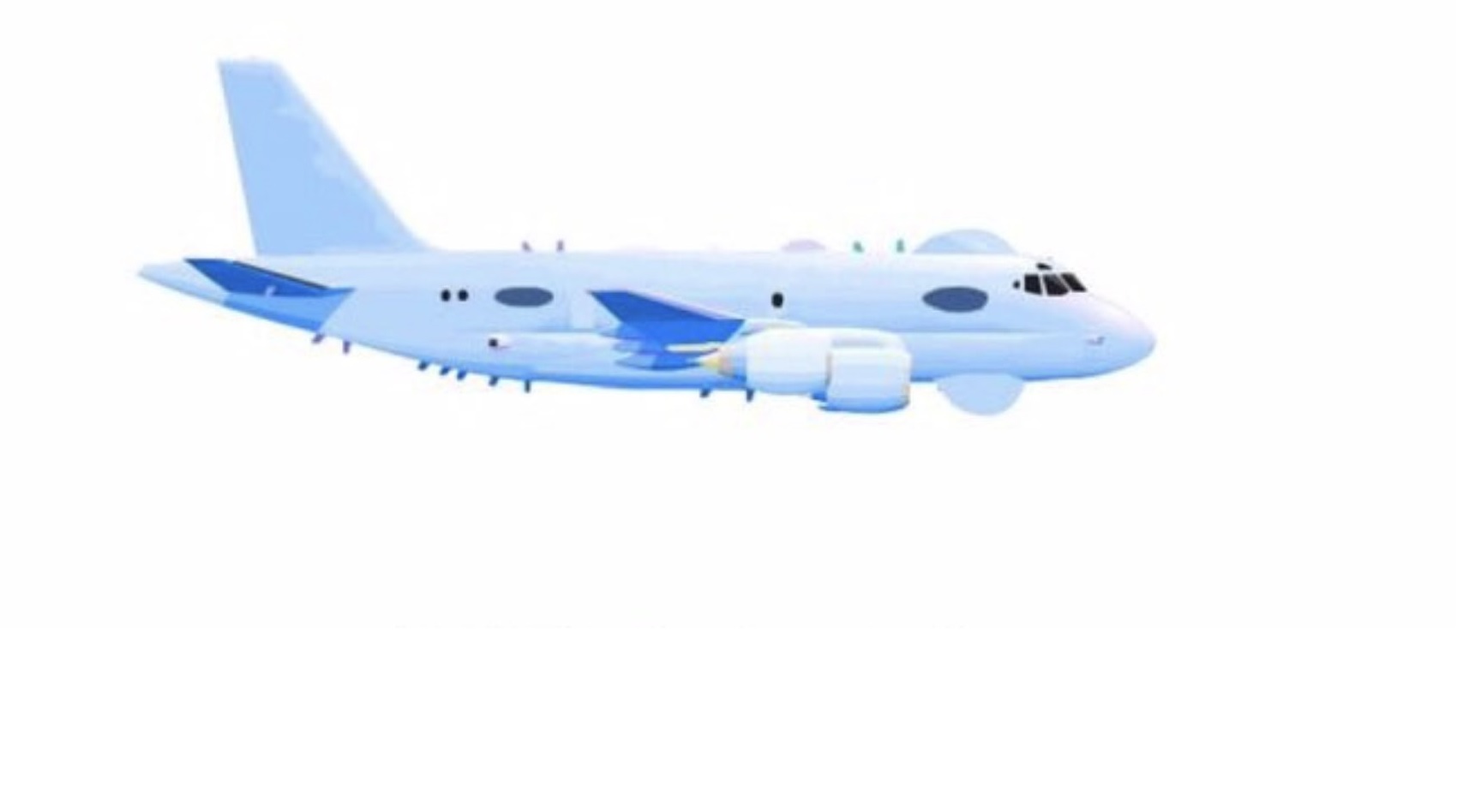Japan develops new electronic warfare aircraft based on the Kawasaki P-1
Japan is accelerating the development of an intelligence and electronic warfare (EW) version based on its maritime patrol and anti-submarine warfare aircraft, the Kawasaki P-1.
A document released by Japan’s Ministry of Defense states that, in order to cope with an increasingly complex electronic warfare environment, an electronic warfare aircraft based on the P-1 will be developed to strengthen the electromagnetic dominance capabilities needed for inter-domain operations, incorporating the electronic intelligence gathering capabilities possessed by the multi-purpose aircraft that is scheduled for retirement in the 2030s.

To expedite the development of the EW variant of the Kawasaki P-1, the Ministry of Defense has requested a budget of 41.4 billion yen (approximately $287 million) for fiscal 2025. The entire project, which includes prototype construction and extensive testing, has an estimated cost of 82.4 billion yen (more than $572 million). The prototype is expected to be ready between 2024 and 2031, with performance testing extending to 2033.
See also: U.S. gives green light for sale of additional KC-46A tankers to Japan
According to Naval News site, the new electronic intelligence aircraft will be the successor to the JMSDF’s (Japan Maritime Self-Defense Forces) five EP-3 Orions, which are operated on signals intelligence (SIGINT), electronic intelligence (ELINT) and communications intelligence (COMINT) missions.
Since the Kawasaki P-1 was designed to replace the aging P-3C Orion in maritime patrol missions, it stands to reason that its electronic warfare variant is intended to replace the EP-3s.

/https://aviacionlinecdn.eleco.com.ar/media/2022/06/3_JMSDF_Kawasaki_P-1_in_flight_with_Mount_Fuji_in_the_background.jpg)
Para comentar, debés estar registradoPor favor, iniciá sesión